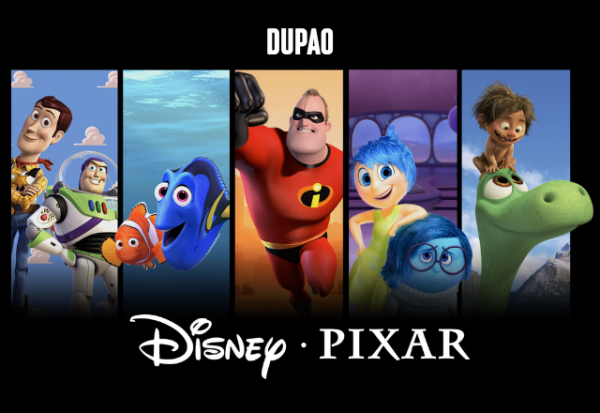The Magic Merger: The Day Disney Acquired Pixar
In a move that revolutionized the entertainment industry, The Walt Disney Company announced in 2006 the acquisition of Pixar Animation Studios for $7.4 billion. This union of two creative giants led to a golden age of animated films that captivated audiences worldwide.

In January 2006, the worlds of film, animation, and business were rocked by the news that Disney, the quintessential family entertainment empire, had reached an agreement to acquire Pixar, the studio behind modern classics such as Toy Story, Monsters, Inc., and Finding Nemo. This merger, spearheaded by visionaries Steve Jobs and Robert Iger, promised to combine Disney’s magic with Pixar’s technological innovation, ushering in a new golden age of animation.
The Big Announcement: The Disney-Pixar Union
On January 24, 2006, the entertainment and business worlds were shaken by the news: The Walt Disney Company had reached an agreement to acquire Pixar Animation Studios for the incredible sum of $7.4 billion. Two animation giants, united in a creative embrace that would change the way we view movies forever.
The acquisition was finalized on May 5, 2006, when Pixar became a subsidiary of Disney in exchange for 2.3 shares of Disney.
The Meeting of Two Creative Giants
The story of this union dates back to the 1990s when Disney and Pixar began collaborating on animated projects that captivated audiences worldwide. Titles like Toy Story, A Bug’s Life, and Monsters, Inc. demonstrated that the combination of Disney’s storytelling and Pixar’s cutting-edge animation was a winning formula.
However, tensions between the two companies began to arise as Pixar sought greater autonomy and creative control. It was then that Steve Jobs, Pixar’s co-founder, and Robert Iger, then Disney’s president, saw a unique opportunity: to join forces to create an entertainment powerhouse.
A Union That Changed the Industry
Disney’s acquisition of Pixar for $7.4 billion was a masterful move that transformed the animation industry. Under Iger’s leadership and Pixar’s creative vision, Disney experienced an unprecedented renaissance, with hits like Wall-E, Up, Brave, and Frozen captivating audiences of all ages.
One of the most interesting aspects of this agreement was the role of Steve Jobs, CEO of Pixar and co-founder of Apple. Jobs, who owned a majority stake of 50.6% in Pixar, agreed to back the deal. With this transaction, Jobs became Disney’s largest individual shareholder and gained a seat on the animation giant’s board of directors.
Furthermore, Pixar’s integration within Disney allowed for the development of new franchises, theme parks, and merchandise products that expanded the reach of the Mickey Mouse empire. The synergy between the two companies became a model for other mergers in the entertainment industry.
Why Was It So Important?
Disney’s Renaissance: In the early 2000s, Disney was struggling to find its lost magic. Its animated films were not achieving the success they once had. But with the arrival of Pixar, everything changed. Toy Story (1995) was a resounding success, and the collaboration continued with hits like Finding Nemo (2003) and The Incredibles (2004). The merger with Pixar revitalized Disney’s creativity and gave us modern classics like Frozen and Zootopia.
Technology and Creativity: Pixar not only brought lovable characters but also cutting-edge technology. Its animation software revolutionized the industry and allowed films to come to life in ways never seen before. The combination of Disney’s magic with Pixar’s innovation was simply irresistible.
A New Era: The acquisition marked the beginning of a new era in animation. Films could now appeal to both children and adults, with deep and emotional stories. Audiences no longer viewed animation as something exclusive to children but as a universal art form.
A Lasting Legacy
Today, the legacy of the Disney-Pixar merger lives on. The animated films from this union have left an indelible mark on popular culture, becoming modern classics that continue to captivate new generations.
Beyond commercial success, this merger has also demonstrated the importance of collaboration and synergy between industry-leading companies. The union of Disney and Pixar set a precedent that has inspired other entertainment giants to seek new ways to innovate and evolve.
Artículo original en ESPAÑOL

